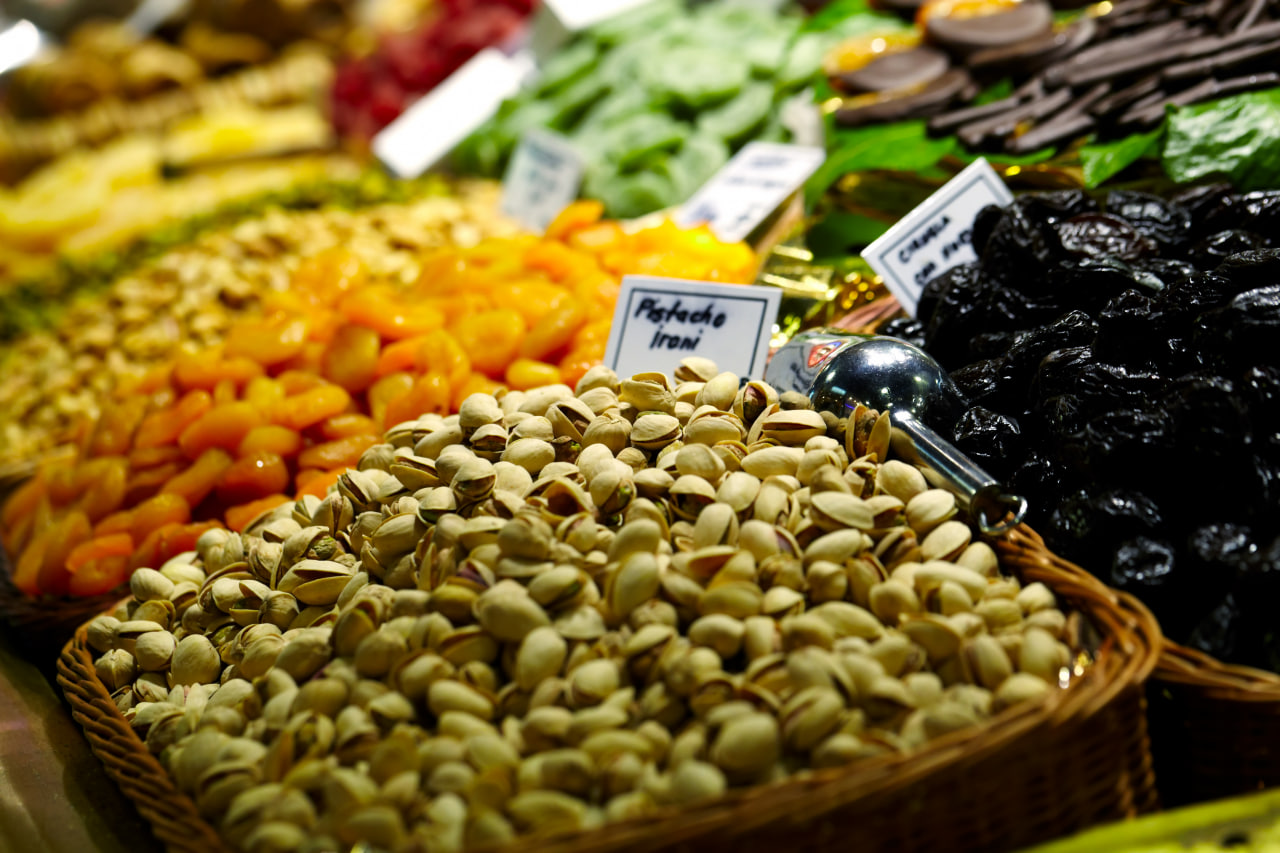Introduction
Iran's vast and diverse agricultural output—ranging from apples and dates to saffron and pistachios—has long been a resource-rich treasure with untapped international potential. Recent trade agreements and growing demand in the Eurasian Economic Union (EAEU)—comprising Russia, Kazakhstan, Kyrgyzstan, Belarus, and Armenia—provide unique market entry opportunities.
In 2019, a preferential trade accord aimed to elevate trade to $2 billion by eliminating tariffs for around 45 agricultural items, including apples, nuts, juices, and pistachios (en.trend.az). This guide explores why Eurasia is ripe for Iranian agricultural exports, the market potential of key crops, logistical advantages, certification requirements, and a step-by-step strategy to succeed.
1. Why Eurasia Is Ideal for Iranian Agriculture
Zero tariffs on 45 agricultural categories under the EAEU agreement, boosting competitiveness (en.trend.az).
Growing demand for quality fruit, nuts, and processed food in Eurasia, especially Russia.
Geographic proximity, reducing logistics time and cost.
Diversification away from EU markets, particularly amid shifting geopolitics.
2. Key Iranian Products with Eurasian Demand
🍎 Apples
Iran ranks among the top five global apple producers, with significant cultivation in West and East Azerbaijan (en.wikipedia.org). Demand in Russia and Kazakhstan is high; apples were included in trade tariff exemptions (en.trend.az).
🥜 Pistachios
Iran is the world’s largest producer and exporter, with 120,000 tons shipped in 2023 (~$1 billion worth) (tehrantimes.com). Within Eurasia, Russia, India, and Iraq represent 12% each of total exports. Germany is the top EU buyer (cbi.eu).
🍇 Raisins & Dates
Iran is a major global producer—exports of raisins are robust, and dates are in high demand across Eurasia due to cultural ties (foodexiran.com).
🧄 Saffron & Nuts
Iran dominates saffron exports (over 90% of global supply) and is among top nuts (walnut, almond) producers .
3. Addressing Challenges to Expand Exports
A. Quality & Safety Standards
Rising rejections—like EU's stricter aflatoxin rules—highlight the need for advanced testing and good agricultural practices .
B. Supply Consistency
Iran’s pistachio output fluctuates due to drought and poor post-harvest management (cbi.eu).
C. Logistics & Infrastructure
Reliable cold chains and multimodal logistics—via trucks, rail to Caspian ports—are essential but underdeveloped.
D. Regulatory Compliance
Even with zero tariffs, exporters must meet Eurasian labeling, phytosanitary, and quality standards.
4. Strategies for Market Success
🔹 1. Certify & Standardize
Implement HACCP/ISO systems, test for contaminants, and secure export certifications and health/phytosanitary certificates.
🔹 2. Boost Quality Control
Invest in infrastructure for drying, sorting, and cold-storage, ensuring safe, attractive product presentation.
🔹 3. Take Advantage of Tariff Exemptions
Use the EAEU agreement to offer highly competitive prices on apples, pistachios, dates, and raisins .
🔹 4. Optimize Logistics
Establish logistics hubs near Tabriz or Tehran with onward transport by road or rail, leveraging Caspian Sea routes as needed.
🔹 5. Local Partnerships
Collaborate with Eurasian importers, distributors, or food processing firms to ensure market reach and compliance.
🔹 6. Marketing & Branding
Highlight Iranian identity, rich flavors, and cultural heritage. Tailor packaging and labeling to Cyrillic and local languages.
5. Case Snapshot: Pistachios in Eurasia
Exports of 120,000 tons worth $1 billion in 2023 confirm global appetite (tehrantimes.com).
Russia accounts for 12% of pistachio volume—roughly 14,400 tons (reddit.com).
Ensuring compliance with aflatoxin thresholds is vital after recent EU shipment rejections (iranintl.com).
6. Roadmap to Eurasia Market Entry
| Timeline | Actions |
|---|---|
| 0–3 mo | Audit product quality, secure certifications, identify logistics hub |
| 3–6 mo | Pilot shipments to Russia, Kazakhstan using rail/road; adapt packaging |
| 6–12 mo | Attend pitch events (e.g., Moscow, Astana); formalize distribution deals |
| 12–24 mo | Scale exports, invest in storage infrastructure, explore value-added lines |
7. The Long-Term Outlook
With Iran-Eurasia trade poised to reach $2 billion—up from $350–400 million (reddit.com, reddit.com, iranintl.com, en.trend.az)—Iranian farmers and exporters stand to benefit significantly. If logistical gaps are bridged and quality standards enforced, Eurasia can become a principal destination for Iran's apples, pistachios, dates, saffron, and other agricultural exports.
Conclusion
Iran’s agricultural assets—from apples and dates to saffron and pistachios—are perfectly suited to meet Eurasia’s rising demand. The combination of tariff-free access, proven products, and proximity offers lucrative prospects for exporters who prioritize quality, logistics, certification, and local partnerships.
By targeting EAEU markets strategically, Iran can not only expand export volumes but also position its agri-products as premium, reliable staples in Eurasia’s tables and processors.
✅ Call to Action
Are you an exporter, farmer, or trader in Iran ready to tap the Eurasian market?
We offer tailored support for:
Quality & compliance upgrades
Logistics and trade route optimization
Partnership matchmaking for Eurasian distribution
Packaging localization and marketing
📩 Contact us today to build your roadmap to Eurasian export success with apples, pistachios, and more!


